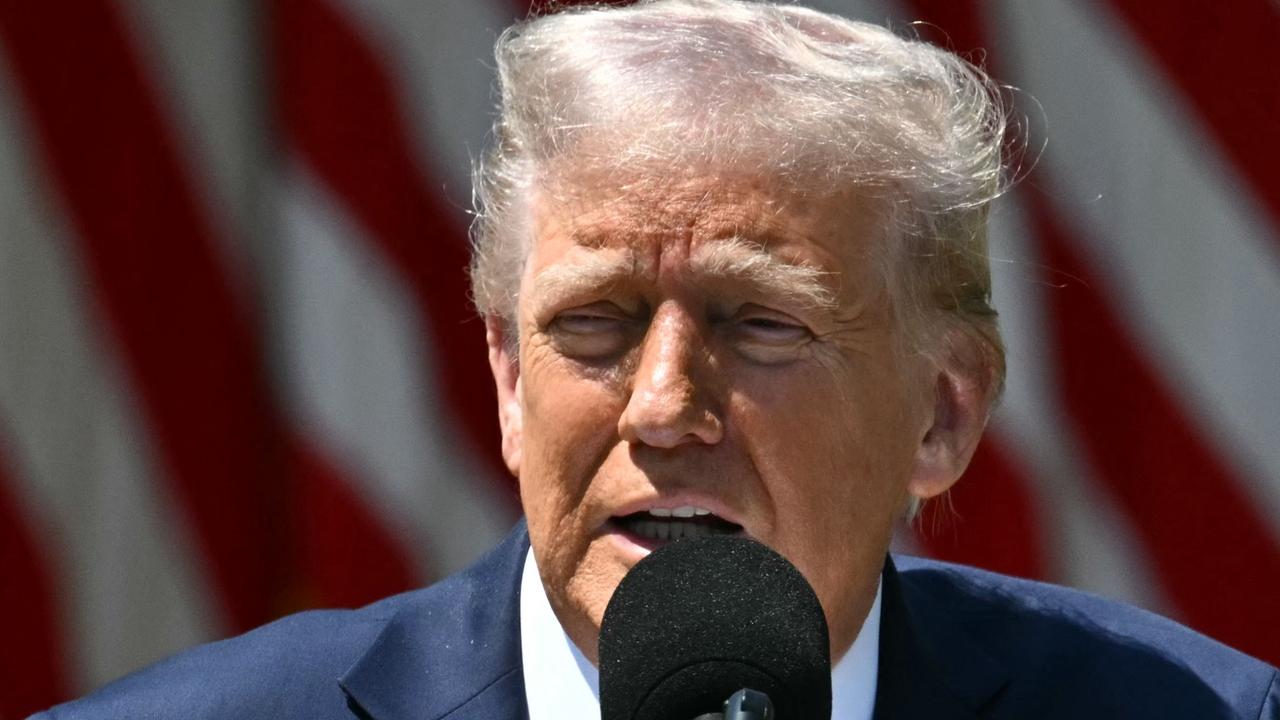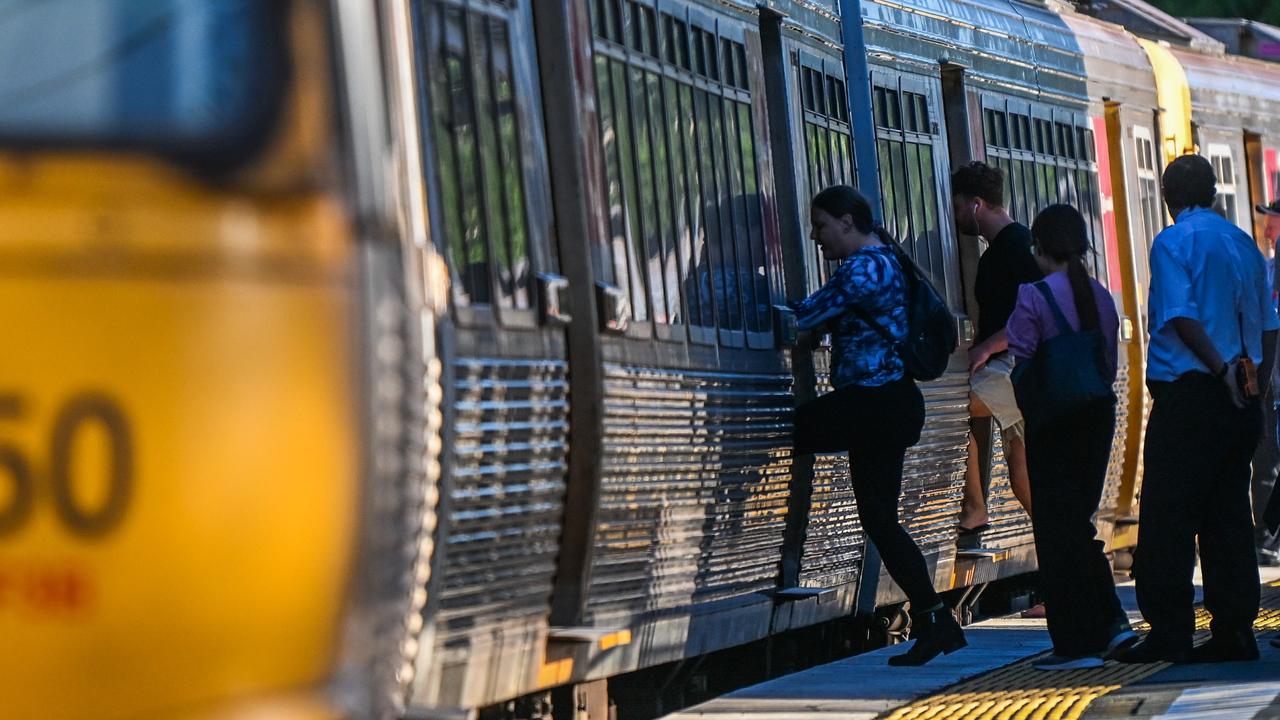The economy is slowing, but people are still buying ridiculously expensive cars
IN 2015, the economy struggled. But sales of luxury cars increased dramatically, some more than 200 per cent. So what’s these buyers’ secret?
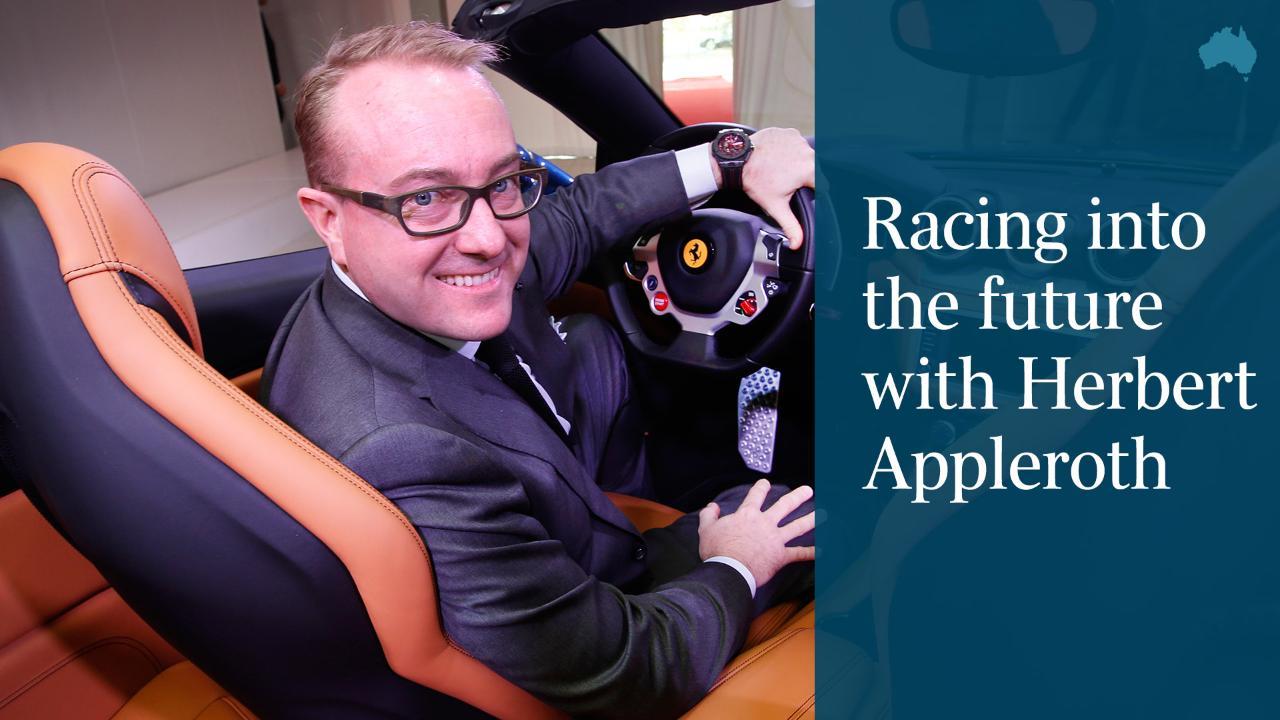
In 2015, the economy struggled.
The unemployment rate was more than six per cent most of the year. Major miners culled workers. Australia Post announced big job losses. (Even the Treasurer lost his job!) It felt like hard times.
So why, when I check car sales for 2015, do I see Lamborghini having its best year ever, with sales up 211 per cent?
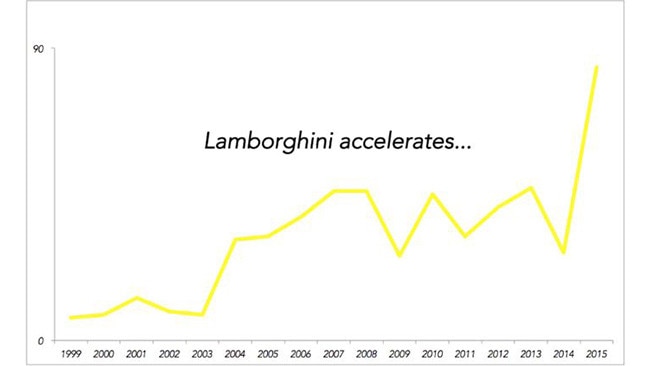
Some people obviously had a pretty good year.
A Lamborghini is priced at $430,000 — for the base model. You can pay over $900,00 for the top-of-the-line Aventador with all the trimmings.
The Lamborghini Club’s Gary Overs calls himself a Lamborghini tragic.
“Every time you turn the key and that V12 bursts into life, it is an epic event,” he told me.
Overs reckons the sales boost is partly due to the launch of that “cheaper” car, giving people what he called “a more affordable way to realise their dream”.
But it is not just Lamborghinis going fast. If you look at a lot of super-luxury cars, you find a part of the economy that is having an amazing revival.
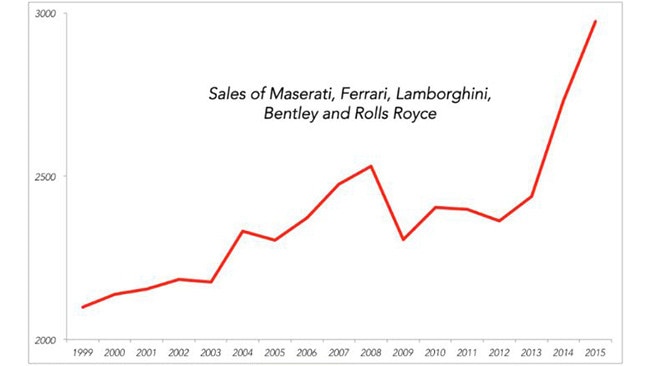
Nice for some!
The next graph has the numbers broken out for all those cars.
The relatively “cheap” Maserati, which can still cost up to $388,000, accounts for the biggest single upswing.
But Ferrari (up 41 per cent) and Bentley (up 17 per cent) also had their best year ever.
Rolls Royce sales fell 23 per cent however, from 39 cars in 2014 to 30 in 2015. But even 30 sales is three times higher than a decade earlier.
What’s going on?
Traditional luxury car brands have become more mainstream.
Porsche makes SUVs for the school run. And Mercedes now sells a whopping 36,000 units a year, including small hatchbacks costing less than a Holden.
The Mercedes-Benz marque was once far more exclusive.
In 1980, the cheapest model cost $30,000 — four times the price of a Holden Commodore, and the most expensive model, at $80,000, would set you back more than a house in inner Sydney.
German autos once occupied that very elevated niche, but have abandoned it. Italian and British supercars are now filling it.
That’s the first part of the explanation. The second part is the sector of Australian society now insulated from the hard times.
You might be thinking about people who work in real estate, which has been booming. Or people who did some hard years in the mines and earned a lot. Or lawyers and surgeons. Top income earners make plenty more than bottom ones.
But it’s not income that makes Australia really unequal. It’s mostly wealth.
Land and companies account for a lot of the wealth of the top sector of society.
I’d guess the boom in super luxury cars tells us more about Australia’s wealth situation in 2015 than anything else.
Last year’s wealth statistics aren’t out yet, but I can’t wait to see them.


